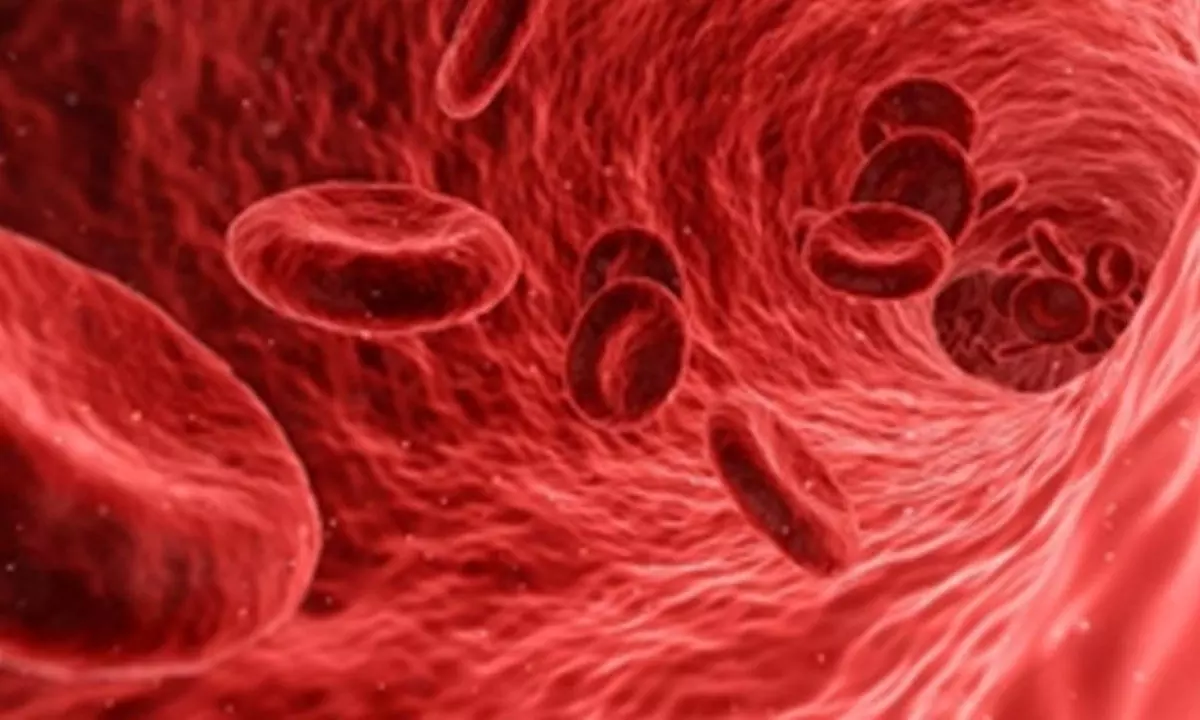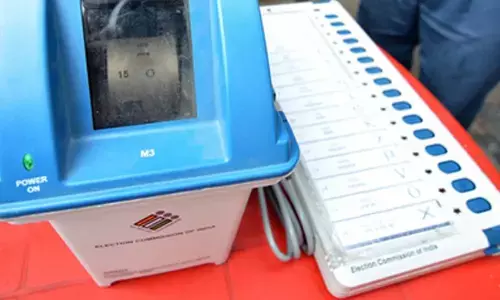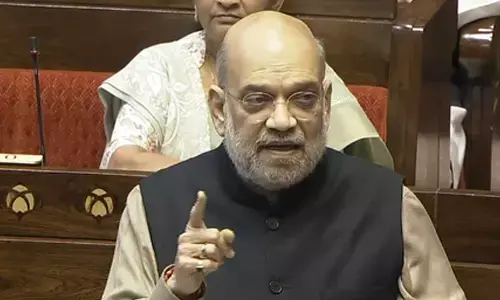Aplastic anemia cases high in India, cost of treatments a concern: Experts
Share :

The incidence of the rare and fatal blood disorder aplastic anaemia is significantly high in India as compared to western countries, said health experts here on Monday.
New Delhi: The incidence of the rare and fatal blood disorder aplastic anaemia is significantly high in India as compared to western countries, said health experts here on Monday.
Aplastic anemia is a rare but very serious blood disorder. It occurs when bone marrow gets damaged and can't make enough new blood cells and platelets leading to anaemia and thrombocytopenia. It is a life-threatening condition as the patients are at high risk of serious infections, bleeding issues and other complications.
It is of two types: inherited, a rare condition that is passed from parents to children; and idiopathic acquired aplastic anaemia which can develop over a period of time. The cause for acquired aplastic anaemia is generally unknown but some known causes include exposure to environmental toxins or chemicals, chemotherapy or radiation treatment, and ageing.
“Acquired severe aplastic anaemia also called idiopathic aplastic anaemia is a common disease affecting Indians. The incidence in India and South East Asia is 3-4 times more than in Europe and America,” Dr Gaurav Kharya, Director, Centre for Bone Marrow Transplant & Cellular Therapy at Indraprastha Apollo Hospital Delhi, told IANS.
“The incidence of aplastic anaemia is 2-3/million per year in Europe but higher in east Asia. The exact incidence of aplastic anaemia in India is not known. The end treatment for aplastic anaemia is stem cell transplantation,” Dr RishiRaj Sinha, Senior Resident, National Secretary Federation of All India Medical Association (FAIMA).
The experts noted that key to successful management is early identification and referral. While early stem cell transplant or bone marrow transplant (BMT) can help cure the dreaded and life-threatening blood disorder aplastic anaemia by more than 90 per cent, the experts noted that expensive treatment means it remains unaffordable for the masses.
Dr Rahul Bhargava, Principal Director of Hematology and Bone Marrow Transplant, Fortis Memorial Research Institute, Gurugram, told IANS that about 20,000 patients are diagnosed in India with aplastic anaemia every year, and the majority die because of lack of funds, awareness and infrastructure to do the bone marrow transplant or provide Immunosuppressive therapy.
“It tends to affect the poorest of the poor,” he said.
“We need to include immunosuppressive therapy into Ayushman Bharat and need to open more BMT centres in India. That is why we are establishing BMT centres in government hospitals where BMT is done for free for poor patients,” he added.













